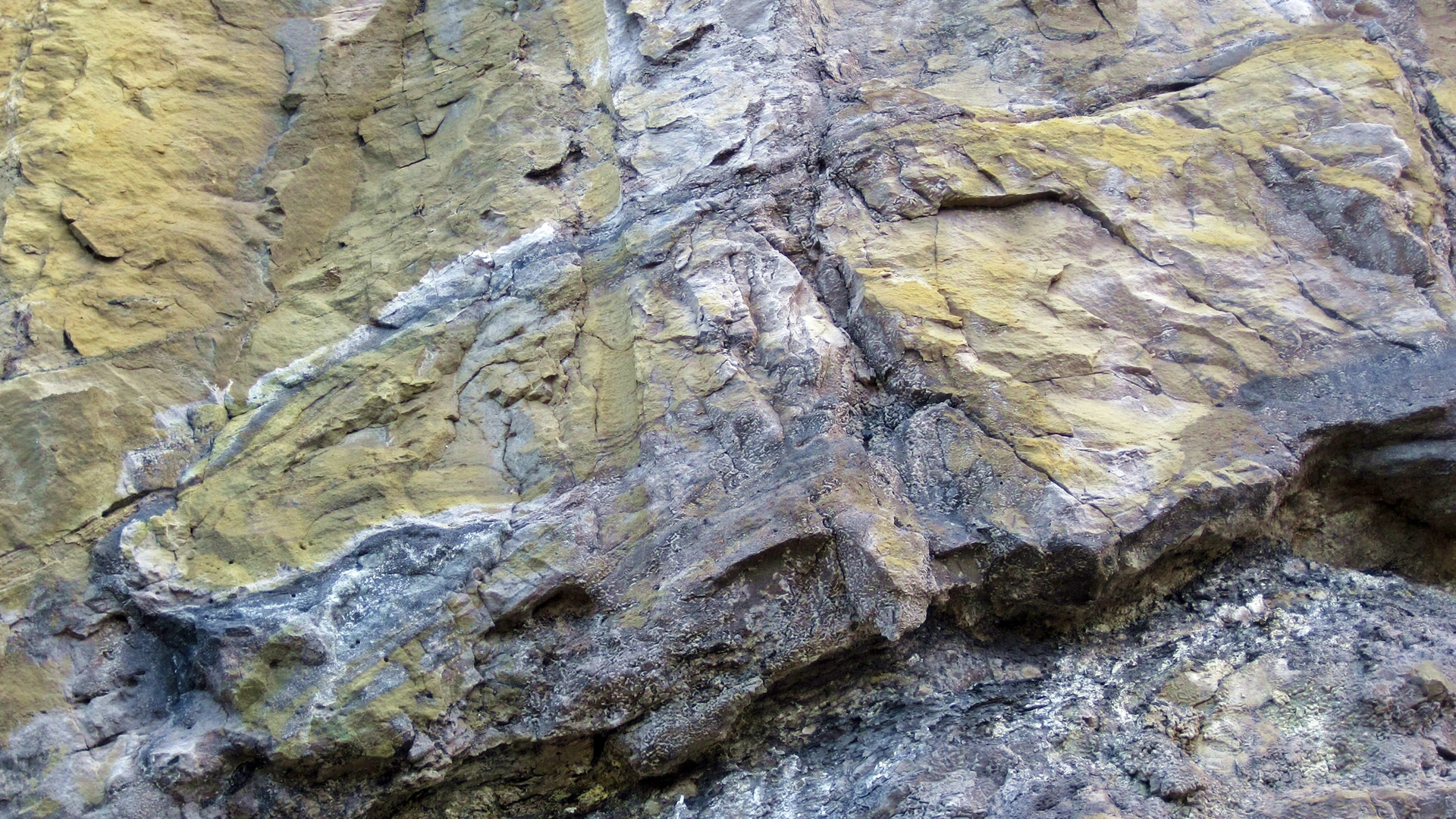The discovery of dangerously high uranium levels in the drinking water of six districts in Chhattisgarh has set off alarms among health officials and local communities. Tests have revealed that uranium concentrations in Durg, Rajnandgaon, Kanker, Bemetara, Balod, and Kawardha districts are as high as 130 micrograms per liter, far exceeding the World Health Organization’s (WHO) recommended limit of 15 micrograms per liter and even India’s permissible threshold of 30 micrograms per liter.
This recent finding highlights an ongoing issue in India: uranium contamination in groundwater, which has been reported in multiple states over the years. The presence of uranium in groundwater poses significant health risks, particularly increasing the likelihood of cancers, pulmonary diseases, skin disorders, and kidney problems.
Uranium contamination in groundwater is not new to India, nor is it confined to Chhattisgarh. In 2022, nine districts in Bihar reported similarly high uranium levels, raising widespread concerns. In Punjab and Haryana, uranium levels in groundwater have consistently been above permissible limits, a worrying situation for states that supply over half of India’s wheat. Karnataka also reported uranium contamination around the same period. The Central Groundwater Board has warned that groundwater across 12 states shows contamination beyond safe limits, underscoring the widespread nature of the problem.
In Bihar, the then Chairman of the State Pollution Control Board, Ashok Kumar Ghosh, emphasized the serious health implications of uranium contamination. He noted that prolonged exposure could lead to bone toxicity, impaired renal function, and even cancer. These warnings echo the concerns raised in Chhattisgarh today, as residents come to terms with the risks associated with contaminated drinking water.
Why is this Happening?
Chhattisgarh’s uranium contamination issue stems from multiple factors. The state is home to significant uranium deposits, especially in Rajnandgaon, one of the districts where water contamination has been found. The Uranium Corporation of India has identified four known deposits of high-grade uranium in Chhattisgarh, three of which are in Rajnandgaon. These deposits likely contribute to the seepage of uranium into the groundwater, exacerbated by factors such as mining activity, the geochemical composition of the region, and improper water management.
Uranium in groundwater is often linked to the leaching of naturally occurring uranium from rock formations, a process that can be intensified by human activities like mining and industrial waste disposal. In some cases, over-extraction of groundwater for agricultural or industrial purposes can disturb the water table, facilitating the movement of uranium into drinking water sources. The situation in Chhattisgarh is particularly concerning because some of these districts rely on borewells, which tend to draw water from deeper aquifers where uranium concentrations can be higher.
Health and Environmental Impacts
The health risks associated with uranium exposure are well-documented. Long-term ingestion of uranium-contaminated water increases the risk of chronic kidney disease, as uranium tends to accumulate in the kidneys. Furthermore, uranium is a radioactive element, and while it emits low levels of radiation, prolonged exposure can lead to cellular damage, contributing to an increased risk of cancer. Communities in affected districts like Balod and Kanker, where uranium levels are highest, are particularly vulnerable to these risks.
Potential Solutions
While the situation in Chhattisgarh is dire, there are potential solutions on the horizon. Scientists from the Bhilai Institute of Technology have conducted a study indicating that uranium can be effectively filtered using the bark of the gooseberry (amla) tree. This innovative bio-adjusting technique has shown promising results, but large-scale implementation is still lacking. If applied across affected areas, this method could provide a cost-effective and sustainable solution to the uranium contamination problem.
Chhattisgarh must also look to long-term strategies, such as improving water management practices, regulating mining activities, and conducting regular water quality monitoring. Awareness campaigns can educate local populations about the risks of uranium exposure and promote safe drinking water alternatives.
Also read: BRICS Summit 2024| PM Modi Meets Putin in Russia, Stresses on India’s Commitment To Global Peace
Conclusion
The high levels of uranium found in Chhattisgarh’s groundwater highlight a broader issue that plagues many parts of India. With the potential for severe health consequences, it is imperative that authorities address the contamination with both immediate and long-term solutions. The findings from Chhattisgarh and other states should act as a wake-up call for the urgent need to safeguard the country’s water resources from uranium and other harmful contaminants.























